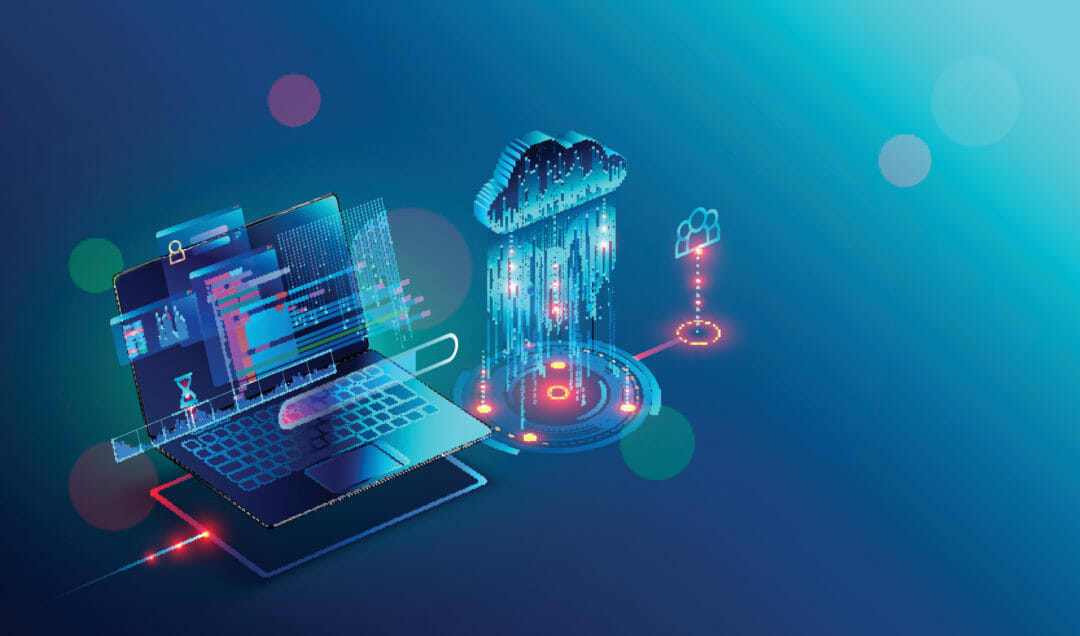Luminance, founded by three PhD mathematicians from the University of Cambridge, is the market-leading AI platform for the legal industry.
Trained by legal experts, Luminance’s technology is founded on computer vision and machine learning.
The genesis of the company focused on solving the problem of how a machine could read, learn and understand language.
Emily Foges, the CEO, was brought in after seed funding to raise awareness and sell the product. She viewed it as “greenfield opportunity, working with a new technology specific to the legal industry”.
Her first aim was to start looking for a beta customer, which the company found in Slaughter and May. “They had a deliberate strategy not to become a huge law firm, but focus on quality over quantity. It was true partnership, said Foges.
Slaughter and May adopted Luminance’s solution and drove the initiative in 2016. Both companies worked side-by-side worked on an M&A transaction. During the course of the pilot two teams were measured by the speed at which they could work and uncover issues in the transaction.
The team using Luminance worked twice as fast and found issues that the other team didn’t pick up.
Following the clear success of the solution, the desire was to amass more clients. And, that’s exactly what Luminance did; from three customers in 2016 and 80 by the end of 2017, the company now has just under 250 customers.
“We hit the market at the right time with the right technology,” said Foges.
Artificial intelligence in the legal industry: Adoption and strategy — Part 1
Implementing the tech
“Implementing our technology requires a pincer movement from the top and IT department. The partner(s) at the law firm drive everything, but central IT and the knowledge function also need to be involved in the technology’s rollout.
“With smaller firms it’s much easier to get buy-in, but the bigger the firm the more complex it is,” continued the CEO of Luminance.
After four years, Luminance’s solution has now been refined. Across the free two week pilot it offers potential customers, the company guarantees it will help improve workflow twice as fast. But, because it’s a machine learning solution, the more data it consumes and the longer it operates, the better the algorithm will work, the better it will be able to understand the nuance of legal language.
The fundamental role of the platform is to find anomalies. “It could replace paralegals trawling through documents, but it won’t replace legal thinking,” added Foges.
Artificial intelligence in the legal industry: AI’s broader role in law — Part 2
M&A due diligence case study with Bird & Bird
In December 2018, the Düsseldorf office of leading international law firm Bird & Bird, took on a high-volume due diligence exercise concerning the employment contracts of a subsidiary company the client was looking to sell. The goal was to understand the related risks associated with the employment contracts to allow the company to be sold at its most competitive price.
The employment team were faced with a detailed review of contracts for almost 20,000 employees, totalling close to 200,000 documents which needed to be analysed and categorised within a very tight deadline. Without the assistance of Luminance, it would not have been possible for Bird & Bird to deliver the same quality of work as it would have been too me-consuming for the legal team, and too expensive for the client to conduct the review manually. Previously, the firm and their client had relied on sampling just 10% of the document set, as a consequence lowering the value of the company due to the risk.
Faced with an unreasonable resource requirement and an imminent external deadline and having tried unsuccessfully with legacy providers previously, the Partner and the Associate, realised that Luminance’s technology was required. While other legacy technologies typically require lengthy customisa on and months of integra on work, Bird & Bird’s lawyers were able to get up and running with Luminance in just a few hours. The team uploaded 80GB (over a million pages) of documents overnight and were able to gain rapid insight into the contracts.
Despite this being the first time the German office had used Luminance and the first time the firm’s instance had been exposed to German language documents, the technology’s powerful machine learning meant that Bird & Bird could immediately identify any hidden anomalies or risks within the data set. Moreover, it was essen al for the team to adapt the search as they went. Whilst technologies that require lawyers to know exactly what they are looking for beforehand couldn’t address this need, Luminance’s ability to surface ‘unknown unknowns’ through finding results by their semantic similarities was essential during this review.
The result
Through manual review, it took eight associates three weeks to review 10% of the documents relating to 1,900 employees. After a prior test phase of two weeks, with Luminance, it took two associates three weeks to review 100% of the documents rela ng to nearly 20,000 employees.
Not only did the team get unmatched me savings in their review, but by using Luminance, Bird & Bird were able to keep the work within the firm, with specialists who knew the client and the specifics of German employment law. In doing so, Luminance enabled the team to save me whilst ensuring even greater confidence in their results.
The firm was then able to deliver these vastly improved results on me to the client, with greater assurance that nothing had been missed, delighting the client and allowing them to push for a more competitive price. As a result, the client has approached Bird & Bird for further analysis of its employment contract data set.
Luminance will now transfer the learning amassed in this project to any further reviews conducted by the firm globally, with the technology only improving with each use. Bird & Bird has rolled out Luminance across its global offices and con nues to use it in M&A due diligence, compliance reviews, lease abstraction and more.
Key result
In manual review each lawyer got through 16 employees’ documents per day. Using Luminance, each lawyer could review 692 employees’ documents per day.
Artificial intelligence in the legal industry: The future – Part 3
The impact of AI/ML on the legal sector
The presence of AI and machine learning is increasing in the legal sector. The technologies are elevating the work of lawyers, improving workflow and productivity.
“Junior lawyers will no longer have to do tedious work for many years, which will lead to more equal opportunities and less instances of burn out,” according to Foges.
She continued: “This might lead to less opportunities for trainee lawyers, but there will be less canon fodder.”










